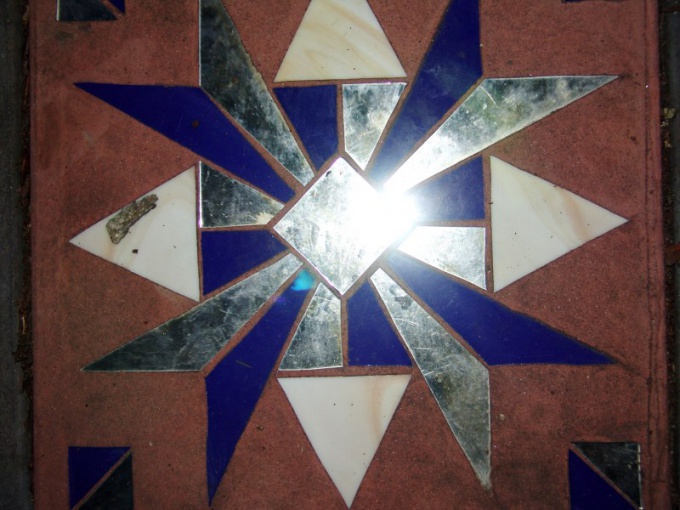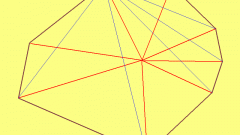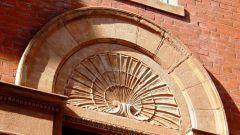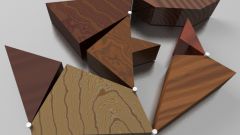You will need
- - irregular geometric figure;
- measuring tools;
- - transparent plastic;
- - the range;
- - gon;
- - ballpoint pen.
Instruction
1
Consider the geometric shape and determine what parameters of it are known to you. It can be the lengths of the sides or corners. Depending on the specified parameters and select the method of determining the area. For example, divide it into multiple shapes, the formulas for calculating the area of which you know. One of the most common methods is to swipe diagonally from one corner to all other vertices. In this case, you need to know the formula for calculating the area of an arbitrary triangle. But nobody forbids to divide a given shape and other polygons. For example, in the calculation of floor space in a room with a niche to separate the irregular figure into two rectangles or squares.
2
To determine the area is not too big of a part, use the palette. It is possible to do yourself. Cut a rectangular piece of any transparent plastic. Divide it into squares, the area of which you are aware — for example, 1x1 or 0,5x0,5 cm Ruler and a square to be exact. Apply the palette to the item. Count full squares, then incomplete. The number of incomplete squares, divide by 2 and add the result to the number of whole. The smaller the graduations on the palette, the more accurate the result. Similarly we can calculate square footage. The role of samples will carry out a grid of squares with sides 1x1 m drawn on the ground or marked with pegs between them with outstretched cords. We can restrict and marking of territory at the strip. .
3
With large squares alternatively. Take the most accurate site plan or local area. Define the scale. Use one of the following ways. Then the number of square inches put in the necessary scale.
Useful advice
In the manufacture of flat parts out of metal, you can calculate their size by using standard weighing. Cut out the actual part and the standard — a square, whose area is convenient to calculate. Do they need from the same material, and the thickness of the sheet should be the same and negligible. Calculate the mass ratio, and on it is an unknown area. However, this is not a very accurate method and apply it only in extreme cases.
Any irregular shape can be represented in a graph. Each point has its own coordinates. Imagine each segment as the graph of the function. Square footage from x-point to it is a definite integral. Calculate all the integrals. The area of the shape define by using the difference of integrals with a higher or lower value. This is a fairly time consuming method but it gives the greatest accuracy.
Any irregular shape can be represented in a graph. Each point has its own coordinates. Imagine each segment as the graph of the function. Square footage from x-point to it is a definite integral. Calculate all the integrals. The area of the shape define by using the difference of integrals with a higher or lower value. This is a fairly time consuming method but it gives the greatest accuracy.





